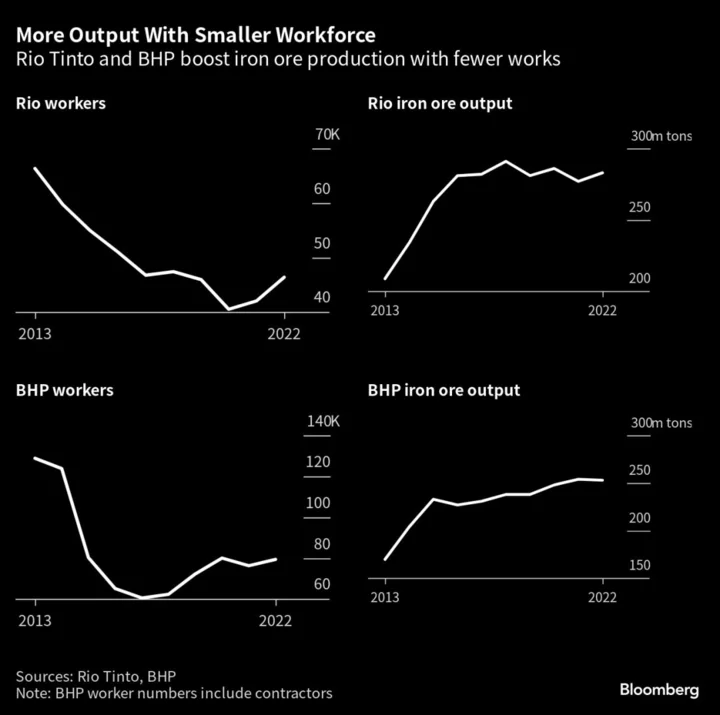The Biden administration is on track to modestly boost the amount of biodiesel that must be blended into the nation’s fuel supply when it finalizes annual quotas next week.
While the final targets are expected to be higher than the 2.82 billion gallon requirement originally proposed for this year, they are unlikely to hit the much higher volumes sought by biodiesel producers, said people familiar with the matter who asked not to be named because deliberations are still underway.
The Environmental Protection Agency is due to issue the biofuel-blending quotas by June 14 under a court settlement with the ethanol advocacy group Growth Energy. In part to meet the deadline, the EPA already jettisoned a controversial proposal to expand the program by rewarding automakers for some electric vehicle charging, with plans to advance the initiative separately.
Renewable diesel — made from crops and animal fat — has been heralded as the best solution to reduce carbon emissions in hard-to-electrify heavy road transport.
In December, the EPA proposed to require as much as 22.68 billion gallons of renewable fuels in 2025 — including as much as 15.25 billion gallons of conventional corn-based ethanol — up from 20.87 billion gallons in 2022. For 2023, the EPA proposed requiring 2.82 billion gallons of biodiesel — up from 2.76 billion gallons in 2022.
Biodiesel advocates said that lowballed the industry’s potential and have spent months lobbying EPA and White House officials to boost the requirements by 500 million gallons each year. Biodiesel lobbyists are still working to encourage higher numbers, one of the people said.
Related: Cargill, Exxon Pullback on Green Fuel Signals Industry Setback
The proposed “volumes simply do not provide sufficient market space for the fuels that are produced and available now to help numerous industries decarbonize their transportation footprint,” dozens of agriculture and biofuel companies told President Joe Biden in a letter Thursday. The EPA can confidently boost the requirements given that domestic biodiesel and renewable diesel production for January to April 2023 already is 30% higher than the same time period last year, they said.
The Biden administration, in turn, quietly has been laying the foundation for an increase.
While the EPA worked to finalize its quota plan, the US Agriculture Department provided data showing enough available soybean oil, canola and other feedstocks to support a surge in US production.
Administration officials also have pored over information about new and announced biodiesel and renewable diesel production capacity that provides additional reassurance that higher quotas can be met, even with inflation creating headwinds for the industry, said the people.
EPA representatives declined to comment while the measure is under interagency review.
Author: Jennifer A. Dlouhy, Kim Chipman and Isis Almeida









